Metal roofing and siding have a rich history that spans centuries, evolving from ancient civilizations to becoming a popular choice in contemporary construction. Established in 1988, Central States Manufacturing has also transformed over time, embracing sustainability and environmental consciousness, employee ownership and pioneering customer service advances with Central Link.
The constant though is metal. It too has changed over time with more recycled ingredients but still remains the more durable choice for your home, business or project.
Let’s track the evolution of metal used on buildings and homes over history.
Metals Have Historical Roots
Lead and Copper
These metals played significant roles in architecture for thousands of years. Lead, with its low melting point, was easily formed to create watertight roofs. Copper, too, was widely used, with examples like the copper roof shingles atop the Lovamahapaya Temple in Sri Lanka dating back to the 3rd century BCE. The Romans even covered the Pantheon with copper in 27 BCE.
Iron and Terne
As iron smelting became widespread in the 19th century, iron sheets were coated with molten tin or zinc to prevent rust. Terne, an iron plate dipped in a lead-tin solder, gained popularity for roofs and weather-resistant farm items.
Corrugated Galvanized Iron (CGI)
In 1829, corrugated galvanized iron emerged as a favorite roofing material worldwide. Its strength and lightweight nature made it a game-changer.
Now let’s compare those ancient metals with today’s manufactured metal panels for roofing and siding from Central States. Oh how far we’ve come!
Metal Roofing Today: Sustainability and Environmental Consciousness
Recyclability
Metal roofing systems are made from a high percentage of recycled materials. At the end of their extended life cycle (which can be up to 60 years or more), metal panels can be 100% recycled. Unlike asphalt shingles, which end up in landfills, metal roofs rarely contribute to waste.
Weight and Shipping Efficiency
Metal panels weigh less than half of asphalt shingles, making them easy to transport and to carry up a roof. Their lower weight may allow the building structure to be lighter and use fewer materials. Additionally, metal panels can often be installed over existing roofs, reducing the need for removal and landfill disposal.
Longevity
Metal roofing lasts two to three times longer than traditional asphalt roofs. Its durability means fewer repair and replacement possibilities, reducing overall environmental impact.
Coating Technology
Modern metal roof and siding panels incorporate advanced coating technology. Features like solar reflectance and heat emittance drive down energy use and allow buildings to work harmoniously with the environment.
Repurposing and Reuse
Metal panels are long-lasting and can be repurposed or reused. Their versatility ensures that they don’t end up as waste but continue to serve a purpose.
From the ancient craftsmanship of copper-clad temples to today’s sustainable metal roofing and siding, the journey has been remarkable. As we prioritize environmental well-being, metal remains a top choice for those seeking longevity, recyclability, and eco-conscious solutions.


